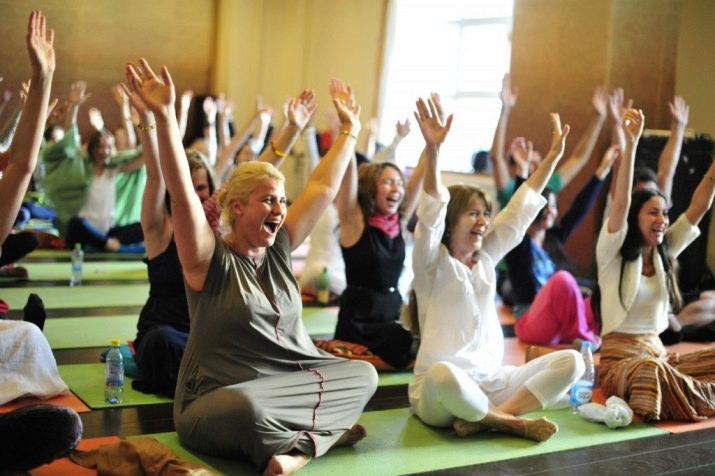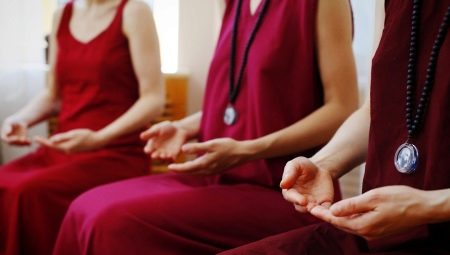Solve accumulated problems in movement and dance. This is possible if you follow the teachings of the Indian guru, who took the name Osho. It is translated from Hindi as follows: “blessed one who is god”, went down in history and gave the name to an unusual way of meditation.
Features of meditation
During the life of a teacher, his attitude to Osho was very ambiguous. In some countries of the world, including our country, which was then the great and mighty Soviet Union, teaching was banned. But as often happens, after the death of a teacher in 1990, his ideas were recognized as great and became widespread, especially in India and Nepal.
Among Osho's meditations were sexual practices. In this connection, some call him a "sex guru." However, his other methods are better known. Osho turned the notion of meditation as a process whose goal is peace and harmony. He was sure that it was possible to deal with stress and failure with the help of movement.
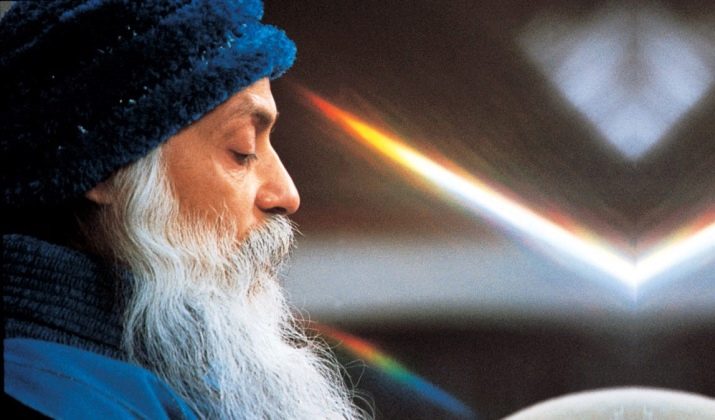
In addition, the guru was categorically against the fact that meditation should be aimed at a specific result, as is usually accepted.
His practices are not aimed at any specific goal, they themselves lead a person to what he needs. They help break the shackles. Look at yourself and the world around you, as if from the side or even rather from above. One of the attractive aspects of the method is that its application does not require special training. All that is needed is a little space and a desire to gain freedom, including from the pursuit of material values.
Practice options
Perhaps the only thing that can stop most of us from total worship of the teachings of Osho is the duration of meditation. They are designed for every day. You need to perform them twice a day. Both evening and morning sessions last for an hour.
Of course, the guru also came up with shortened versions for his very busy followers, but ideally, each meditation should take exactly 60 minutes. If you are ready to take this time from your busy schedule to find complete peace of mind, then you can proceed. In total, the master invented 112 methods of meditation. We offer a description of the most common, popular and effective.
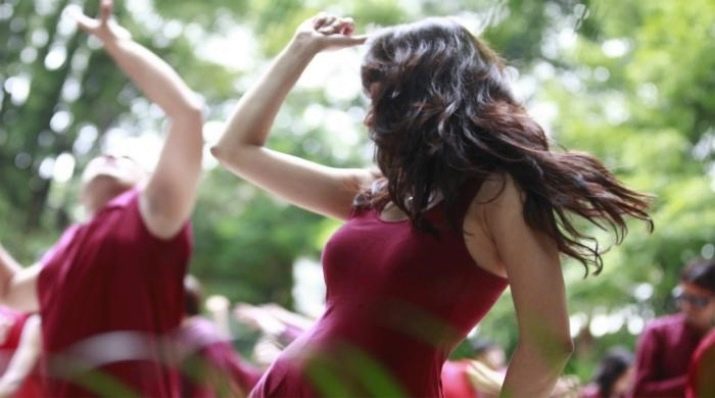
Kundalini
This evening meditation. It is aimed at suppressing all the negative emotions of the past day, relaxing the body and soul. For its more effective performance it is recommended to use music as an accompaniment. The technique is divided into 4 fifteen-minute segments.
During first quarter hours allow your body involuntary movements. You need to start with the legs and arms, in which the nerve endings are concentrated. At first you will force them to wave, over time, the movements will become involuntary. The whole body will gradually become dominated by real shaking. From the outside, it will resemble a madman's dance, however, this should not worry you. The task is to embark on an absolutely uncontrollable dance.
15 minutes later incomprehensible gestures should replace a real dance. These should already be deliberate actions. Watch your body, listen to it, which particular pa it wants to fulfill. However, do not think again about the beauty and attractiveness of your performance.
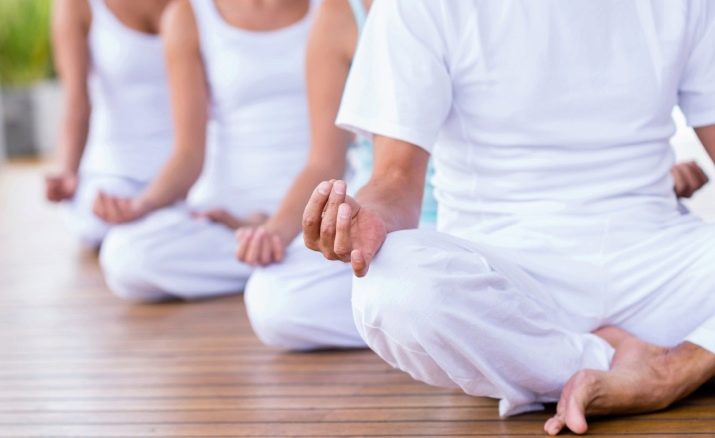
It is not intended for the public. “Applause” you will receive only from your own organism, soul and mind.
Half an hour from the start of meditation to the third part. First you need to stop abruptly. Over the next 15 minutes you will be in a stationary state. Stand or sit, it is not so important. The main thing is to direct your thoughts deep into yourself all this time. Do not evaluate what is happening. Just watch what is happening to you as if from the outside.
The last 15 minutes of meditation are done lying down.. Lie down on the bed, on the floor or on the lawn by the house. The place is not important. The only task is to renounce everything that is happening both around and inside you. The complete silence of even thoughts - and no movements. This time, like the previous segment, should be spent with your eyes closed, while the first two stages can be completed as you like. After an hour from the start of the meditation, we open our eyes. You have seen both externally and internally. Kundalini meditation is over.
Dynamic
It is believed that this is - Osho core meditationon which all the others are based. It can be performed both independently and in a group. And in the second case, it will be more effective, since it will unite the energy of several people. It happens with eyes closed, it is better to tie a blindfold on them. But other clothes should be a minimum. Nothing should constrain your body. Another condition - you can do it only on an empty stomach. Duration - about an hour, these are five intervals of 10-15 minutes each. Ready? Then we begin.
On the first stage focus only on your breath. Take deep breaths and exhalations. They should be as frequent as possible. If at this time the body wants to move, do not restrain it. Hand swings, head turns - let your body take over the mind. You only control breathing - deep and intense.
After 10 minutes, proceed to the next step.. This stage is like a bolt from the blue. No one can predict in advance how it will look. You have to surrender to the will of your own feelings, which will cause dynamic breathing. It can be anything - crying and even sobbing or, conversely, laughter up to an uncontrollable laughter. You might want to jump or wave your arms to simulate a punch. Do whatever your soul and body desire.You absolutely should not care how it looks from the outside, even if you begin to resemble a city madman. Feel free to release the accumulated energy inside out.
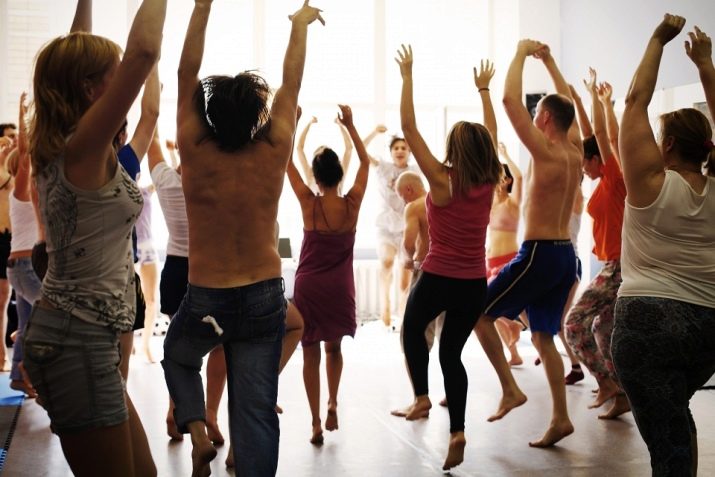
At this stage, the mantra “Huu” is used. Start jumping on the spot. Everyone accompany the pronunciation of the mantra. Do it out loud and to yourself. It is important to land on your feet. Sound on contact with the floor should resemble the word "Huu." Jumping should be intense.
They should bring you to exhaustion. Hands should be kept upstairs.
10 minutes later stop abruptly. We remain in this position for a quarter of an hour. You should literally freeze for this time. Stop your involuntary desires to scratch your nose or straighten your clothes. Your body is a statue. Your mind is directed deep into your soul. Listen to her and look at the changes taking place with her. All the energy that has been splashed out with the help of outward movements enters you again.
Next 15 minutes devote to the victory dance. With our performance, we thank ourselves and the universe for the pleasure we received. This is a dance of bliss, surrender to its power completely, and at the end of meditation you will feel an extraordinary surge of strength, including sexual.
Nataraj
This technique is divided into 3 stages. Main part devoted again to dance. It will take a longer period of meditation, which will last a little over an hour. First step lasts 40 minutes. It will be ideal if you put music at this particular time. Its end will be for you, like an alarm. But more on that later. For a start we plunge into a dance. You do not need to perform the correct movements, even if you are a ballet dancer of the Bolshoi Theater or a world champion in ballroom dancing. This is a dance of the inner world. Do everything that your soul commands you. Even if the dance is more reminiscent of the training of a sumoist, nothing should scare you, much less stop you. You can stop all movements only strictly after 40 minutes.

As soon as the music is over, we brake sharply and lie down on the floor. The next 20 minutes you have to spend in complete silence and without the slightest movement. All the sounds and energy received as a result of the dance penetrate the deepest layers of the body. We get up and dance again. As in the previous dynamic technique, it is a dance of gratitude, pleasure, pleasure. You give it to yourself and the universe, receiving new light forces from it in response.
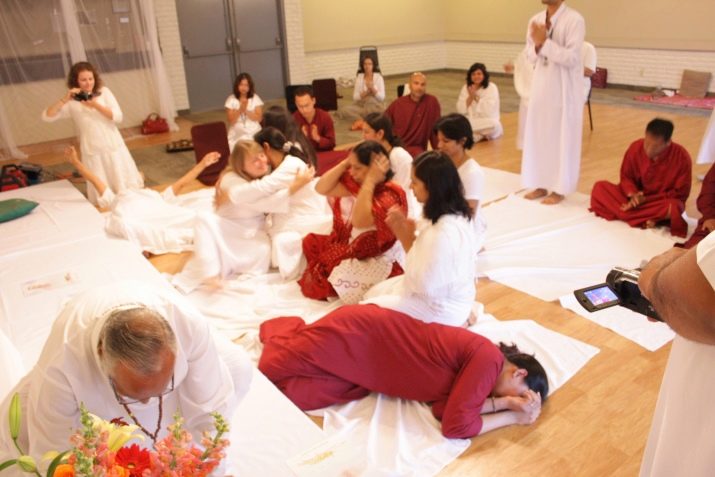
Nadabrama
This technique was known long before Osh. It was practiced by Tibetan monks. They did it at night. Usually about three hours from midnight. Then again went to bed. The Indian guru recommended performing it just before bedtime or in the morning. In the second case, after meditation, at least a fifteen-minute rest will be necessary. In principle, you can resort to it during the day, just remember that you will still need to take time to relax.
You can do it even during the performance of some work that requires only the movement of the hands. In addition, it is designed for both individual performance and group performance. For the best effect, you can use ear plugs so that extraneous sounds do not distract you. Another condition is an empty stomach.
Otherwise, the internal sound will be difficult to break deep.
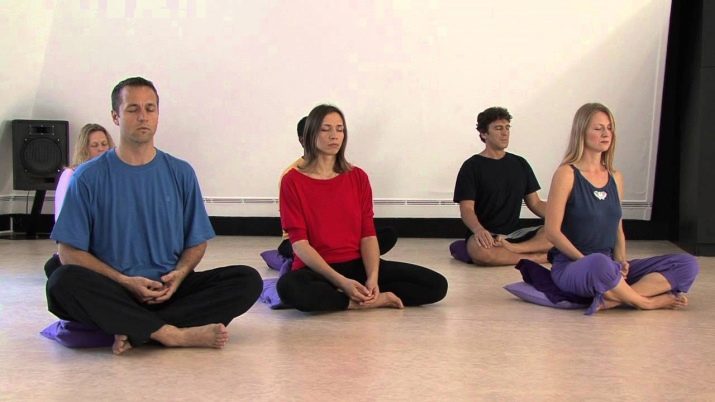
First step will last half an hour. It is to be held with eyes closed. Next, you should start making a sound similar to the whistle of a steam locomotive. It doesn’t matter how you reach it - by mooing, howling or buzzing. The main thing is that your mouth is closed at the same time, and the sound you make is loud enough. If you wish, you can change the tone, make some movements. A beep is a breath, a beep is a breath. After a while, you will be left alone with this sound. It will penetrate deep into you and cleanse your mind of unnecessary thoughts and emotions.
Second fifteen minute stage broken into 2 parts. In the first, you need to perform circular movements with your hands. The palms should be facing out.You kind of draw outer circles. After 7 minutes we change directions. Palms down and begin to draw circles in the opposite direction. In the first stage, you release energy outward, in the second you collect it inward. The last 15 minutes of meditation should be carried out in complete silence and without a single movement. After a quarter of an hour it ends.
Your head has become bright, you are filled with energy.
Mandala
To perform this technique you will need the usual hour. It is divided into 4 parts of 15 minutes each. In the first stage, you run in place, raising your knees high. Every minute you need to speed up the pace of movement of the legs. It is recommended that you use music, the pace of which also increases over time. You must completely surrender to these movements. The breathing is even, deep, but not intense. Thus, it will be possible to free the mind from all thoughts, to temporarily abandon any thoughts. Thus, you will give the opportunity to penetrate the necessary body and soul energy deep inside. She will begin to flow from below.
We sit down, close our eyes and begin to swing the body from side to side, left and right. We do it in a circle. The movements are soft. You are the embodiment of tenderness. The energy rises in your body to the level of the navel. We lie down and open our eyes. We begin to make them circular movements in a clockwise direction. We do these movements first smoothly, then faster and faster. Thus, you get rid of the negative energy that accumulates in large quantities on the back wall of the orbit and at the same time raises the positive up. She reaches the nose bridge and stops in the area of the "third eye", opening the inner eye. We close our eyes. We remain motionless for the next 15 minutes.
All tension is finally removed, the body is filled with energy.
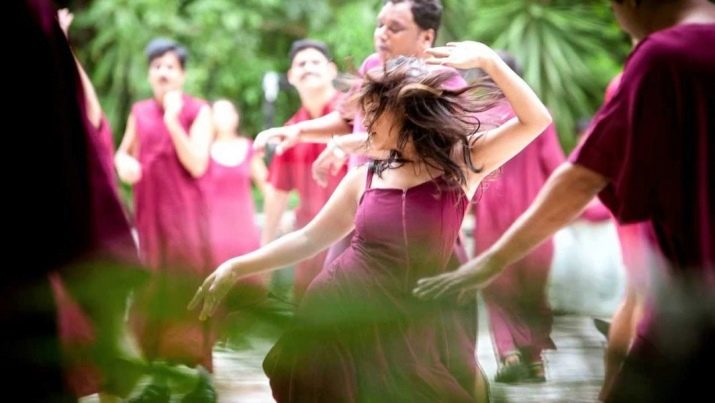
Devavani
The name of meditation translates as "divine voice." Your body becomes the mouthpiece of God. Practice also takes an hour and is divided into 4 equal parts. Turn on the music and sit back. The first 15 minutes you just sit and listen to music.
Try to let the divine voice inside you. Start repeating the meaningless la la la. After some time, you will realize that you pronounce previously unknown words that after a few sessions will begin to form sentences. And now you are already fluent in a language hitherto unknown. The voice comes from a part of your brain that you forgot. The one that worked when you were a baby acted on a subconscious level.
Get up. Continue to speak the speech sent to you from above, but now let into your body not only voice but also sounds. After some time, warm and bright rays of divine energy begin to penetrate the body. Lie down. Relax your body completely.
Let divine energy penetrate into every cell of your body, soul and mind.
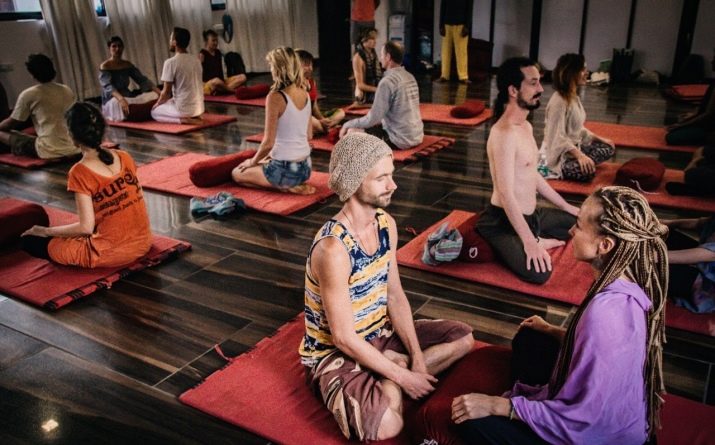
Beginner Tips
As noted above, for the implementation of Osho meditations, special training is not necessary, which means that beginner followers of this technique do not exist in principle. The only advice that the guru gives is to become an observer of your thoughts and desires, not only during practice sessions. To look at everything that happens inside and around you from the side - then it is easy to achieve harmony with yourself and the whole world.
